The first thing a qualified barista does at work is to adjust the Italian bean grinder.
For professional baristas, please follow the coffee workshop (Wechat official account cafe_style)
Every morning, after tidying up the bar and work area, baristas begin to make miraculous cups of coffee for hungry customers. Full grease continues to flow out of the handle, heralding the official beginning of the day's work.
However, qualified baristas, the first cup of coffee made every morning, must not be sold to guests.
Because there is an earlier preparatory work that needs to be done-- grinding.
Why do you want to grind? How should it be adjusted? Let's start with the common commercial Italian bean grinder:
There are usually two types of Italian bean grinders: powder bin grinder and non-powder bin mill.
The powder bin bean grinder allows the coffee powder to stay in a cubicle, which can be measured in advance and distributed by poking the lever.
The bean grinder without powder bin enables the coffee powder to be distributed directly into the powder bowl. These two kinds of bean grinders have their own advantages and disadvantages.

Advantages of bean grinder in powder bin
1. The operation is cleaner-when coffee powder is poured from the powder trough into the powder bowl, very little powder is spilled on the counter.
2. Less static electricity-toner cartridges usually produce less static electricity. This is not to say that there will not be any static electricity, but that there are a lot of complaints about static electricity.
3. Excess coffee powder is easy to deal with-people usually add too much coffee powder to the powder bowl, and the extra coffee powder can be put back into the powder bin by using a bean grinder.
Shortcomings of bean grinder in powder bin
1. Coffee powder is prone to excess-there will be too much coffee powder because users can't accurately grind out the amount of powder they need. This extra coffee powder will soon become stale. Many users know how many seconds to set to get the amount of powder for single or double cups of espresso. Then, pull the lever to remove the coffee powder distributed in the powder cartridge. Please note that the grinding time set for each kind of coffee beans is different. Therefore, users need to adjust the bean grinder according to different conditions, or directly put in the weighed coffee beans and grind them all into the powder bowl.
2. It's not good for cleaning-the leaves in the powder cartridge will sweep the coffee powder out of the powder cartridge, so there is always some scattered coffee powder on the table that needs to be swept with a brush.
3. The amount of coffee powder varies-the leaves in the cartridge divide the ground coffee powder into equal portions, weighing about 6.75-7 grams each when the cartridge is half full. When the coffee powder in the powder cartridge does not reach half, the amount of powder per case will be even less. The normal portion should be 7 grams.
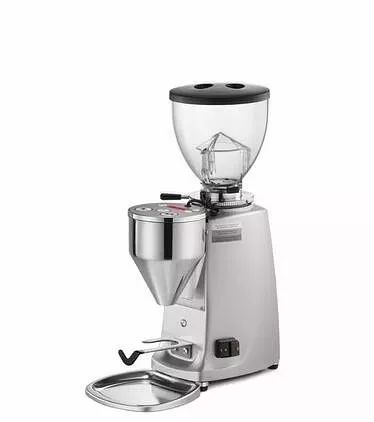
Advantages of bean grinder without powder bin
1. Reduce the waste of coffee powder-if you only make one or two cups of coffee every morning, then the non-powder grinder will reduce the waste of coffee powder, especially for those who value the freshness of coffee powder.
two。 Suitable for a variety of extraction methods-in most cases, a container can be placed under the bean grinder without powder cartridge. Coffee powder can be used in a variety of extraction methods, such as French pressure coffee, dripping coffee and so on.
Shortcomings of bean grinder without powder bin
1. The handle is easy to lose heat-using a non-powder cartridge grinder, the handle leaves the coffee machine for a long time and loses a lot of temperature, which may lead to the sour taste of espresso.
two。 It takes more time-use a powder-less grinder, and each cup of espresso needs to be ground separately. If you make many cups of espresso at the same time, it will take a lot of time. This slows down the extraction process. Of course, to save time, you can grind the coffee beans and put them in a container, and then put them in a powder bowl with a spoon.
3. The table is easily messy-during grinding, the coffee powder in the powder bowl may be excessive and spilled on the table.
All the above factors need to be taken into account when choosing to buy a powder bin grinder or a non-powder bin mill. If you don't want to enhance the fun of using it, then you can choose a powder-free bean grinder. But if you want to enhance the fun of using, then the powder bin grinder is a better choice. The silo-less grinder is suitable for grinding decaffeinated beans because there is usually little demand. If the cafe requires the barista's speed, then the powder bin grinder is even better.
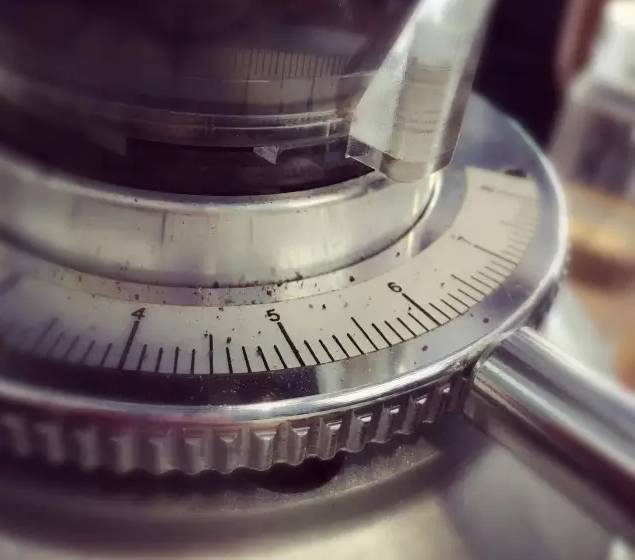
The significance of bean grinder
The coffee shop has to adjust the grinding degree every day, and some even adjust it once in a few hours. if there is a strict requirement for the extraction results, it should be adjusted once a day, because beans are changing at every moment. Even the pressure, temperature and humidity will have an impact on the extraction.
The disunity of coffee beans:
Different grains of the same kind, that is, different sizes and densities of the same variety of coffee beans, affect the space of beans and the wear resistance of beans, resulting in different amounts of ground powder.
Different varieties of espresso, that is, the general espresso uses blended coffee beans, the variety of mixed coffee beans is not fixed, and the proportion of varieties varies each time, which will also lead to differences in powder content.
Different roasting degrees, because Italian coffee beans are mainly blended, it may not be baked in the same pot. The weight, density and humidity of coffee beans with different roasting degrees are different, so it is possible that the amount of powder is different.
The pressure in the bean warehouse is different.
The bean barn is large in size and T-triangle. The different storage amount of coffee beans during each grinding will lead to inconsistent pressure in the soybean warehouse. While coffee beans jump during grinding, when the powder cartridge pressure is unstable, it will also affect the difference in powder yield.
Judge the quality of powder
To observe the coffee powder, the high-quality coffee powder should be powdered and gravel. If the coffee powder is soft, like flour, it means the powder is fine. On the contrary, if the coffee powder feels tough and rough, it means the powder is too coarse.
How to adjust the bean grinder
The humidity and storage time of coffee beans are constantly changing, and the wear degree of bean grinder blades has also changed over time, so baristas should adjust the bean grinder regularly to ensure that the ground coffee powder remains perfect.
When the coffee bean enters the grinder, the blade in the grinder will crush the coffee bean into powder. The smaller the distance between the blade and the blade, the smaller the coffee beans will be ground into smaller particles.
The finer the grinding particles are, the tighter they are, and the more difficult it is for the water to pass through, thus greatly prolonging the extraction time.
On the contrary, if the distance between the blades increases, the ground particles will become rougher, the flow of water will be easier to pass through, and the extraction time will be faster.
Adjustment course of bean grinder
Different bean grinders have different adjustment dials, so you should check the model of the coffee grinder and read the instructions carefully to determine the direction and strength of the dial. In general, if you keep in the habit of checking the settings of the bean grinder, you only need to make very small adjustments.
As long as you move the turntable within 3 mm, you can change the thickness of the powder. Although 3 mm is a very small number, the grinding time of the same coffee beans will change by 3-5 seconds.
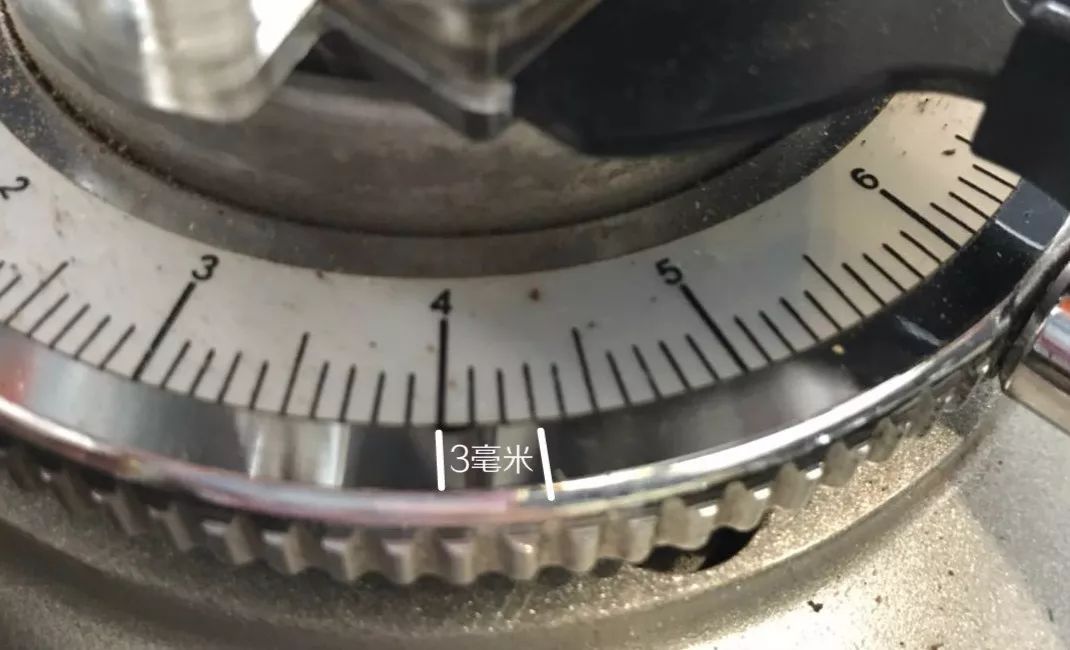
Specific operation steps:
1. Determine the direction of adjustment you need (finer or thicker). Make sure there are enough coffee beans in the warehouse, and the valve between the warehouse and the sharpening knife is opened so that the coffee beans can fall smoothly into the grinding area.

2. Turn on the grinder for 10 seconds and discard the coffee powder (these are coffee powders that have not been adjusted for grinding).
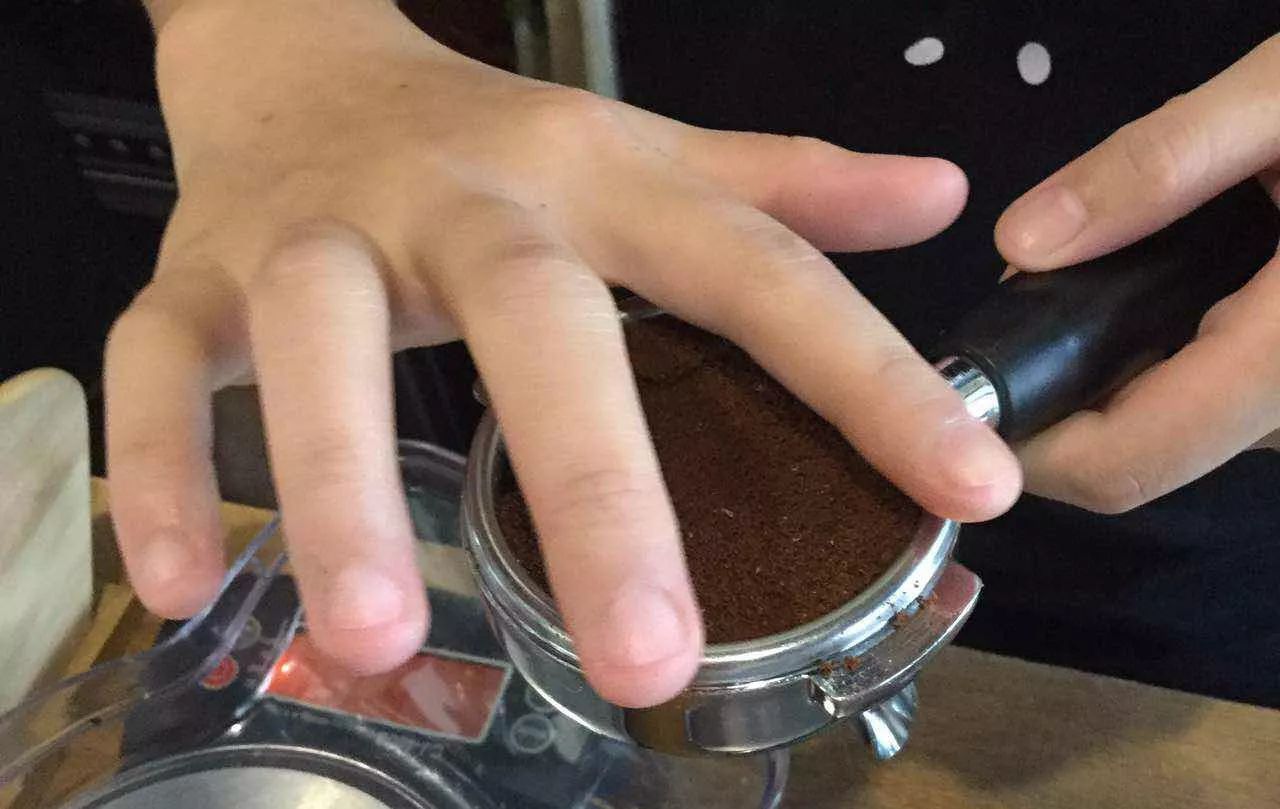
3. Use the coffee powder to make a cup of coffee to ensure the accuracy of the steps of quantity, flattening and pressing.
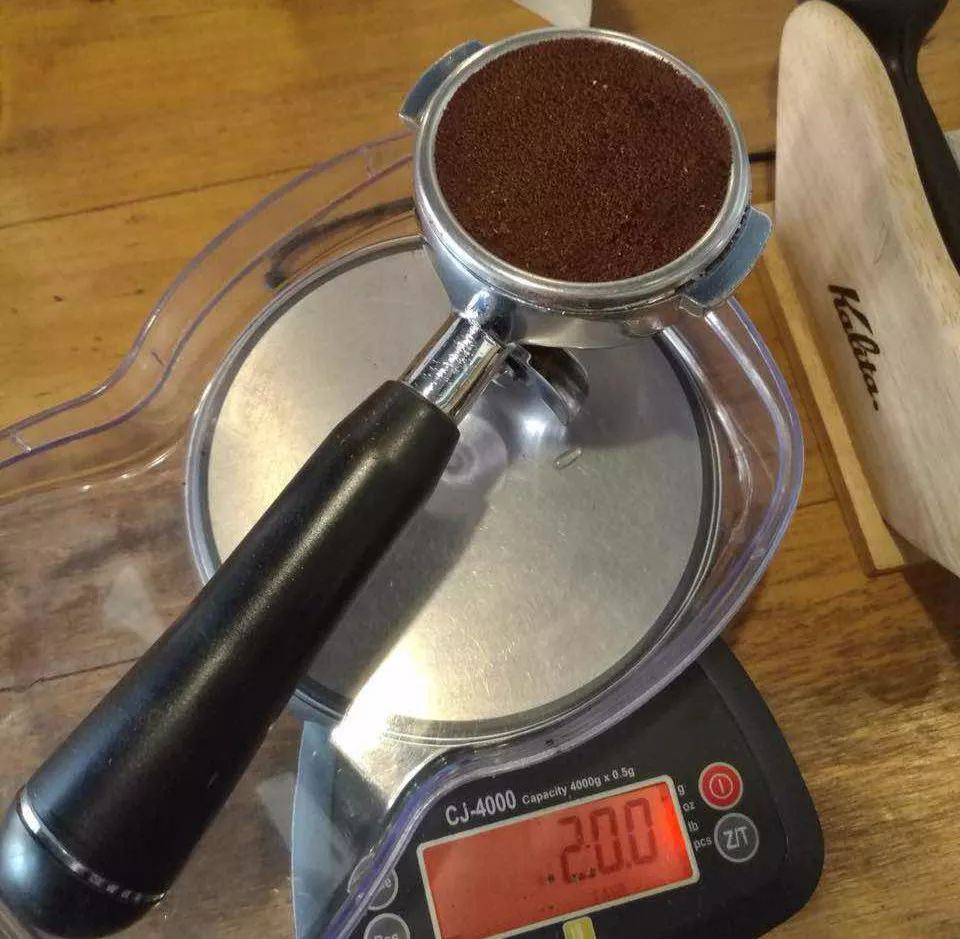
Debugging of electronic bean grinder
The debugging of the electronic bean grinder mainly aims at two variables, the amount of powder and the degree of grinding. These two variables are mutual, and if you change one of them, the other will also change.
The ordinary electronic bean grinder adjusts the grinding and pulverizing time of the bean mill according to the pre-set amount of powder (please note that the amount of powder is adjusted by the mill based on time rather than weight). If you are not satisfied with the quality of your coffee, the first thing you need to do is to determine whether there is a problem with the amount of powder or the degree of grinding.
When adjusting the amount of powder, the range of each adjustment should be between 0.2 and 0.3 seconds, and after each adjustment, you need to re-test the quality of the coffee.
The most difficult part of adjusting the electronic bean grinder is that when you adjust the grinding parameters, the distance between the knives will change accordingly, and the change of this distance will directly affect the powder output of the bean grinder, that is, the grinding and pulverizing time.
Degree of grinding and extraction
The degree of grinding is too rough, the flow rate is too fast, and the extraction is insufficient.
Proper grinding degree, normal flow rate, complete extraction.
The degree of grinding is too fine, the flow rate is too slow, and the extraction is overdone.
You can use a constant amount of coffee powder in your practice (for example, 18 grams), concentrate 38 grams at 1:2, and the normal time is 25-28 seconds. Judge by concentration:
If the powder is too coarse, the water will flow through the powder bowl too fast, the water flow is thick, the extraction is light, the color is white and the flavor is sharp, because the extraction is incomplete and only the surface and easy-to-extract acids are extracted.
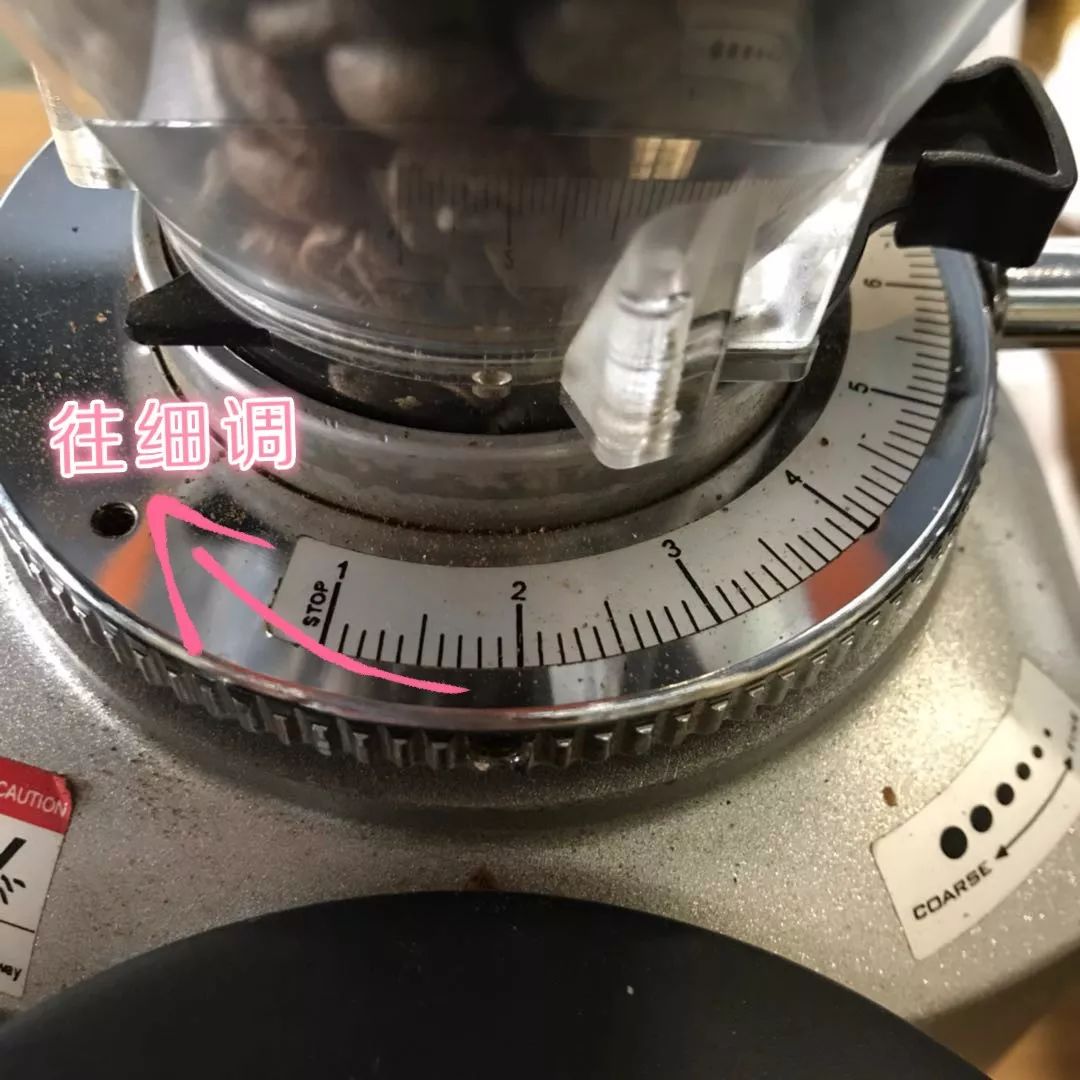
If the extraction time is long, it will be over-extracted on the surface, but there is not enough extraction inside, which is sharp and sour, because it is not sweet, and then bitter and astringent. If the powder is too fine, it will first block the filter hole, the water can not flow out or the water column is too thin, the oil color is dark, the extraction is excessive, the high temperature and high pressure are all contained in the powder bowl, bitter, mixed, and there are all kinds of good and bad flavors.
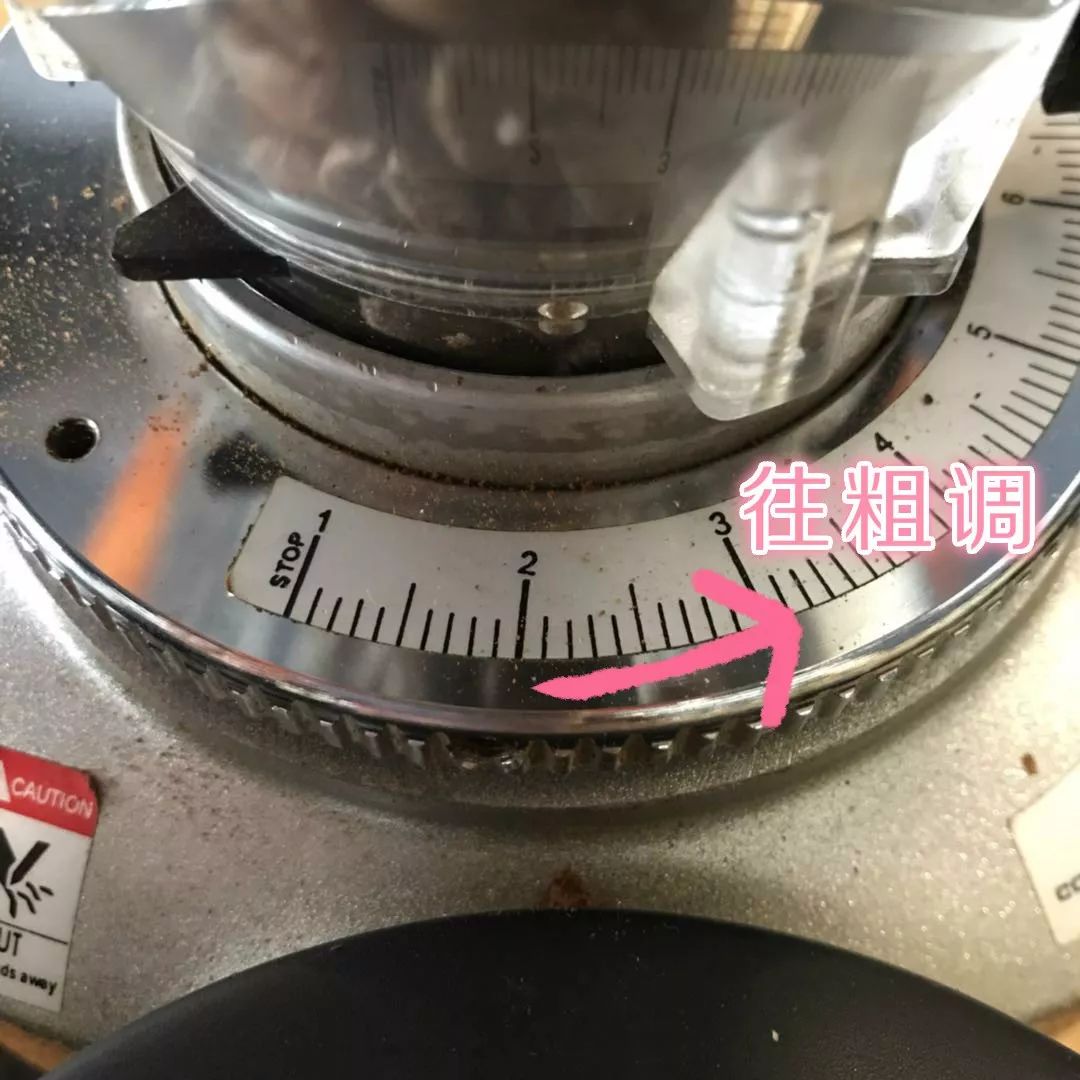
Reference video:
Therefore, when adjusting the electronic bean grinder, we should first grasp the relationship between the amount of powder and the degree of grinding. Thinking that these two variables change with the change of one variable, we need to constantly adjust the test in order to achieve the best results.
Every small change in the bean grinder will have a great impact on the overall quality of the coffee. Therefore, as a barista, you should re-measure and adjust the bean grinder every day to ensure the perfect quality of the coffee.
Only through constant practice and groping
You can make espresso that really suits you.
Important Notice :
前街咖啡 FrontStreet Coffee has moved to new addredd:
FrontStreet Coffee Address: 315,Donghua East Road,GuangZhou
Tel:020 38364473
- Prev
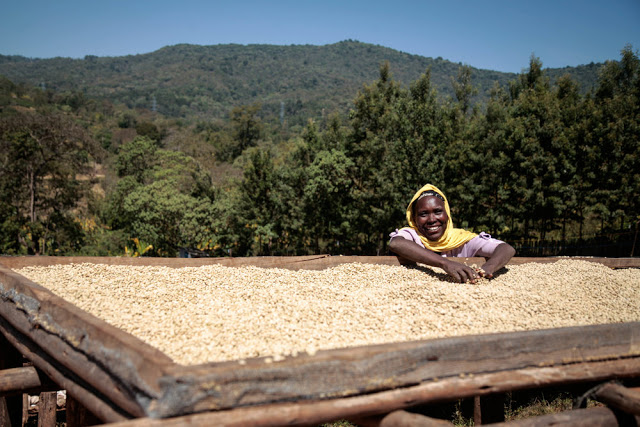
Why the flavor of sun coffee beans is more rich, and the washed coffee beans are cleaner?
Communication of professional baristas Please follow the coffee workshop (official Wechat account cafe_style) you may have heard a saying: the beans in the sun are rich in flavor, and the water is cleaner and sour. Is that true? There are some clues to the flavor of coffee beans from the way they are handled. Today, let's imagine the wind of coffee in terms of the process.
- Next

[favorites] 2017 World Coffee Brewing Competition Top 6 contestants' experience sharing of brewing formula
Professional baristas exchange please follow the coffee workshop (Wechat official account cafe_style) 2017 World Coffee Brewing Competition Top 6 experience sharing experience Source: @ BlackWaterIssue Sam Corra (Ona Coffee) / Australia Photo Source: @ BlackWaterIssue designated brewing (Compulsory Service) / equipment used for 66.08 points: love
Related
- What is the meaning of lactic acid fermentation with coffee bean treatment?
- How to judge the state of foam by sound?
- How does the latte pull out the unicorn pattern? Come to get for a little trick to improve the flower pull!
- Will flower pulling affect the taste of the latte?
- Do you know the history of coffee?
- The difference between honey treatment and sun washing what is raisin honey treatment?
- What kind of milk can a novice use to make coffee foam to keep the foam longer? The correct method and skills of milking tutorial sharing
- Why do washed coffee beans taste sour? Flavor characteristics of washed Coffee
- Introduction to the skill of how to practice the size and height of water injection around the circle of hand-brewed coffee
- How do beginners practice coffee flower drawing from scratch?

